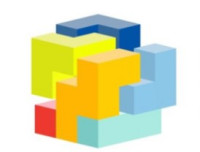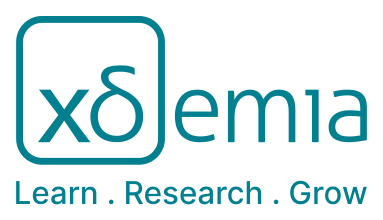Filter Inductor Current Control of Three-Phase Converters
8 Enrollments Level : AdvancedRelevance
Filter inductor current control in three-phase converters is integral to improving the performance and stability of power electronic systems. In
1. Renewable Energy Systems: In systems like solar inverters and wind turbines, maintaining high-quality power output to the grid is essential, and filter inductor current control plays a critical.
2. Motor Drives: For three-phase motor drives, controlling the inductor current is crucial for efficient and precise motor operation.
3. Power Supplies: In switched-mode power supplies, inductor current control helps maintain output stability across a wide range of loads.
In summary, filter inductor current control in three-phase converters is crucial for enhancing power quality, ensuring stable operation, and reducing harmonics. Its implementation in various applications supports the growing need for efficient and reliable power conversion technologies.
Abstract
This section addresses filter inductor current control in three-phase converters, utilizing the rotary reference frame and Park Transformation to manage dq components. It tackles the challenge of controlling AC variables and selecting appropriate controllers, highlighting how the Park Transformation facilitates the control loop closure and simplifies regulating DC components. Special attention is given to handling the zero-system and the use of the reference system θ in transformations. The section explores an alternative regulatory approach and discusses determining the magnitude of the 150Hz zero system in PV converters.
Learning Outcomes
Students
can apply the Park and inverse Park transformation
can integrate such transformations within a closed control loop
and thus are able to build controllers for AC-inductor currents
can design a suitable zero voltage system for PV converters at 3rd harmonic frequency component
in order to
be enabled to control AC signals without steady state error
conduct controller design by means of simulations
realize the fastest inner control loop
maximize efficiency (minimize rms-currents) and minimize earth leakage currents
Prior Knowledge
Inverter Leg Operation, Controller Interaction and Protection Features
H-Bride Operation
Basics on three-level converters
Keywords
- Current Control
- Three Phase Converters
- Inductance Optimization
- PI Controller Proportional Integral
Elements
1. About this Building Block
About this Building Block
2. Exercises
Exercises
3. Simulations
Simulations
4. Self-assessments
Self Assessment
Suggested Building Block
-

Inverter Leg Operation, Controller Interaction and Protection Features
7 EnrollmentsThis segment focuses on inverter leg operation, exploring topology, current behavior, and both transient and steady-state responses. Key topics include voltage transfer ratio, inductor current control, and synchronous sampling. It also examines the influence of digital controllers, highlighting control parameter settings. Essential protection features covered are Over Current Protection (OCP), Over Voltage Protection (OVP), and Over Temperature Protection (OTP).
-

H-Bridge Converter as single-phase, grid-coupled DC AC Converter
8 EnrollmentsThis section focuses on the H-Bridge converter, a versatile topology used as a single-phase, grid-coupled DC/AC converter. Also known as an H4 or Full Bridge, this configuration includes two inverter legs and supports four-quadrant operation. Initially, it is explored as a DC/DC converter with various modulation possibilities. As a DC-AC converter, the same topology is applied with a focus on slowly modulating a sinusoidal waveform, accounting for ripple at twice the mains frequency.
-

Three-Phase DC AC Converter - Topologies and Tasks in PV and Wind Energy Systems, Modulation with Orthogonal Signals
8 EnrollmentsThis section examines three-phase DC/AC converter topologies and their in photovoltaic and wind energy systems, focusing on modulation with orthogonal signals. It discusses applications of three-phase converters without filter capacitance linked to the DC-link, commonly used in wind energy. PWM modulation techniques are explored in depth. The section also analyzes three-phase converters with filter capacitance connected to the DC-link, typically used in PV systems, highlighting key differences. Additionally, it looks into alternative three-phase topologies.
